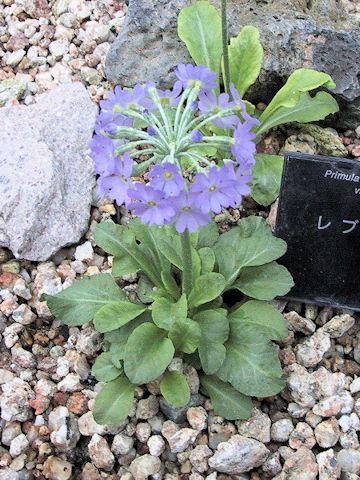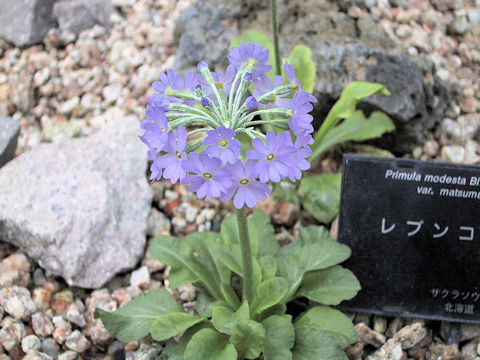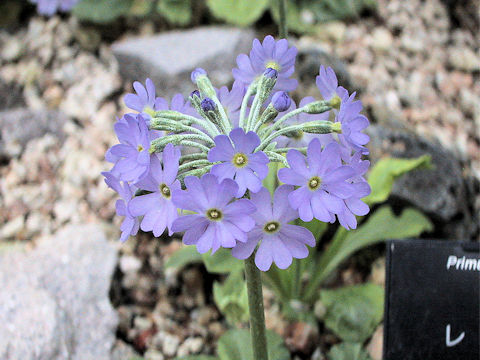 |






|

|
íªÌkC¹Ak©Rnâm°¼»êÉç¶ÉªzµÄ¢Ü·B£¢½nɶ¦A³ÍPO`QOZ`ÉÈèÜ·Buä«í軤iájvÌÏíÅAêíæèàå^Å·BT©çUÉ©¯ÄAgFÌÔð穹ܷB×ÌKÉÍu¦¼±´çiÚά÷jvªªzµÜ·B
|

|
TN\EÈTN\E®Ì½NÅAw¼Í Primula modesta var. matsumuraeBp¼Í èܹñB
|

|
The "Rebun-kozakura" (Primula modesta var. matsumurae) belongs to Primulaceae (the Primrose family). It is a perennial herb that is distributed in the Kitami Mountains, the Shiretoko Peninsula, and Rebun Island in Hokkaido, Japan. This herb grows on dry grasslands and can reach 10 to 20 cm in height. It is a variant of "Yukiwari-so" (Primula modesta) and is larger than the mother species. The magenta flowers come in May to June. "Ezoko-zakura" (Primula cuneifolia var. Cuneifolia) is distributed on the neighboring island of Rishiri.
|

|
åãsß©æuçâ±ÌÔÙvÉÄA2003N0214úBeB
|




